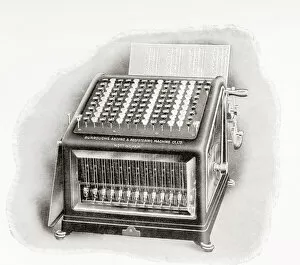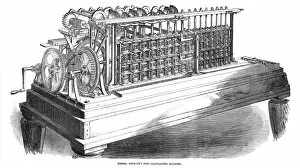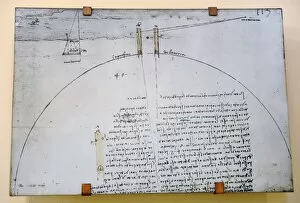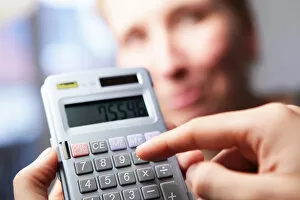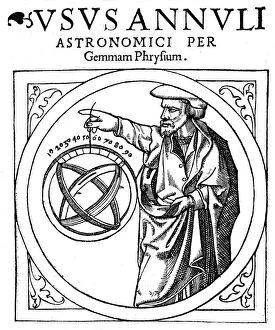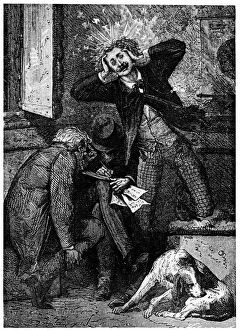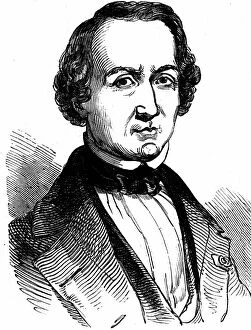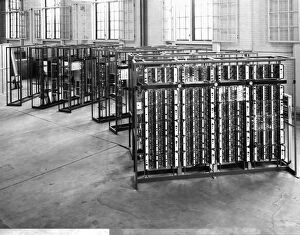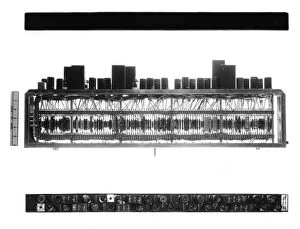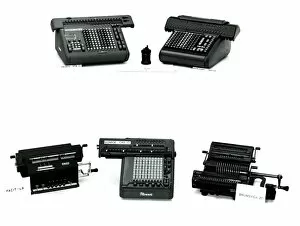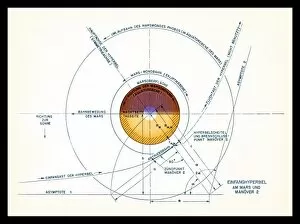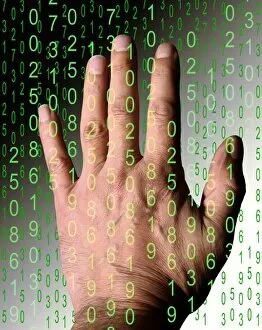Calculations Collection (#2)
"Unleashing the Power of Calculations: From Particle Physics Equations to Logarithm Tables" Step into the world of calculations
For sale as Licensed Images
Choose your image, Select your licence and Download the media
"Unleashing the Power of Calculations: From Particle Physics Equations to Logarithm Tables" Step into the world of calculations, where equations and numbers intertwine to unlock the mysteries of our universe. In a lecture theatre filled with eager minds, particle physics equations dance across the blackboard, revealing secrets hidden within subatomic particles. Travel back in time to the 17th century and witness Pascal's calculator, an exquisite artwork that revolutionized computation. Its intricate gears and wheels paved the way for future innovations, like the Pilot ACE computer in 1950. This groundbreaking machine brought mathematical prowess to new heights, propelling humanity into an era of unparalleled calculation power. But it was not just machines that shaped this realm; brilliant minds left their indelible mark. Spanish architect Benito Bails crafted "Elementos de Matematica, " a masterpiece showcasing mathematical principles that transcended time and space. Meanwhile, Isaac Newton's genius as an English physicist, astronomer, and mathematician forever altered our understanding of calculus. In Berkeley's anti-proton experiment of 1955 C016 / 8832, scientists delved deep into particle physics' enigmatic domain. They meticulously calculated every variable and observed nature's fundamental forces at play—a testament to human curiosity pushing boundaries beyond imagination and can more than mere numbers on paper; they represent mankind's insatiable thirst for knowledge. With each equation solved and logarithm table consulted, we inch closer towards comprehending life's intricacies—unlocking doors once thought impassable. So embrace these calculations as windows into a world brimming with possibilities—a symphony composed by science itself. Let them inspire you to explore uncharted territories where logic meets creativity—an enchanting blend that fuels innovation throughout history. From particle physics equations etched on chalkboards to ancient artworks immortalizing mathematical wonders—they have been instrumental in shaping our past while guiding us towards an awe-inspiring future.

